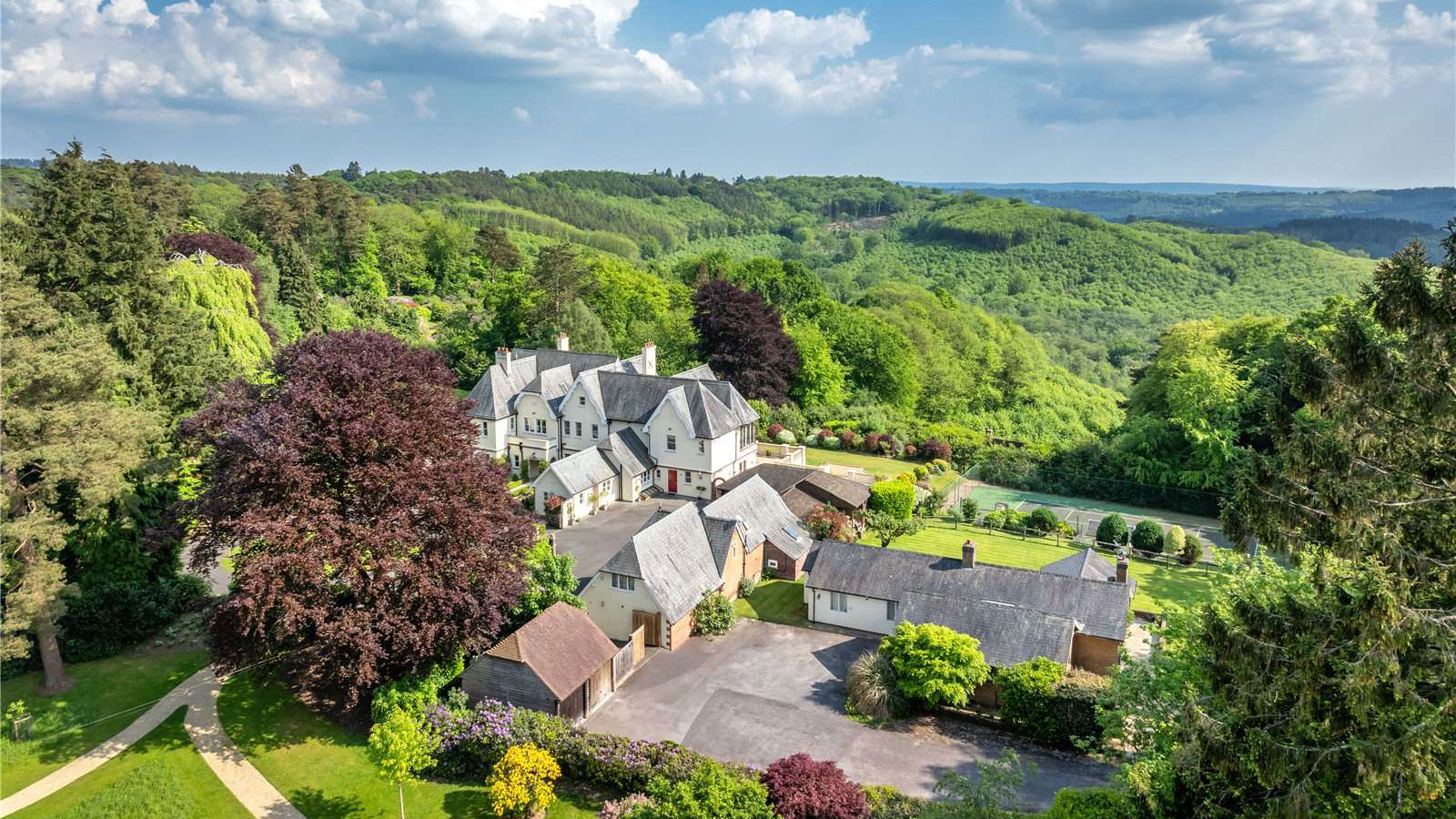South wing of a 16th century Gloucestershire manor

External and internal restoration of a structure gutted by fire in the 1950s
The brief was to restore the the south wing of this 16th century manor house, gutted by fire in 1952, as faithfully as possible. It was in such a ruinous state that if a little less of the original had been standing then the District Councils conservation department had stated that restoration would not be recommended and it should be left as ruin. Traditional materials were used right the way through the project in conjunction with contemporary systems and products when suitable. An air source heat pump was used with under floor heating throughout and an IT network / satellite communication system installed to make for a future proof house. Excavations revealed a cellar and a well which have both been incorporated into the restoration. The restored southerly wing is now used by the same conservation department as an example of a classic sympathetic restoration.
Sign up for the Country Life Newsletter
Exquisite houses, the beauty of Nature, and how to get the most from your life, straight to your inbox.
Country Life is unlike any other magazine: the only glossy weekly on the newsstand and the only magazine that has been guest-edited by HRH The King not once, but twice. It is a celebration of modern rural life and all its diverse joys and pleasures — that was first published in Queen Victoria's Diamond Jubilee year. Our eclectic mixture of witty and informative content — from the most up-to-date property news and commentary and a coveted glimpse inside some of the UK's best houses and gardens, to gardening, the arts and interior design, written by experts in their field — still cannot be found in print or online, anywhere else.
-
 Athena: We need to get serious about saving our museums
Athena: We need to get serious about saving our museumsThe government announced that museums ‘can now apply for £20 million of funding to invest in their future’ last week. But will this be enough?
By Country Life
-
 Six rural properties with space, charm and endless views, as seen in Country Life
Six rural properties with space, charm and endless views, as seen in Country LifeWe take a look at some of the best houses to come to the market via Country Life in the past week.
By Toby Keel